Moissanite price trends and buying tips
Moissanite’s now a hot diamond alternative. It’s got great sparkle and lasts long, but costs way less. So what makes moissanite prices go up or down? Buying an engagement ring or gift? Knowing what affects the price helps you choose wisely. We’ll break it down – from size to cut quality – so you get the most bang for your buck.
Table of Content
- What affects moissanite price most?
- How does moissanite price compare to diamond?
- Does moissanite price vary by color grade?
- How does cut quality impact moissanite price?
- Why do moissanite prices differ between sellers?
- How has moissanite price changed over time?
- Does moissanite carat weight affect price linearly?
- Are there seasonal moissanite price fluctuations?
- How does moissanite price vary by shape?
- Does moissanite price include certification costs?
- How does setting affect total moissanite price?
- Are there hidden costs in moissanite pricing?
- How to get best moissanite price value?
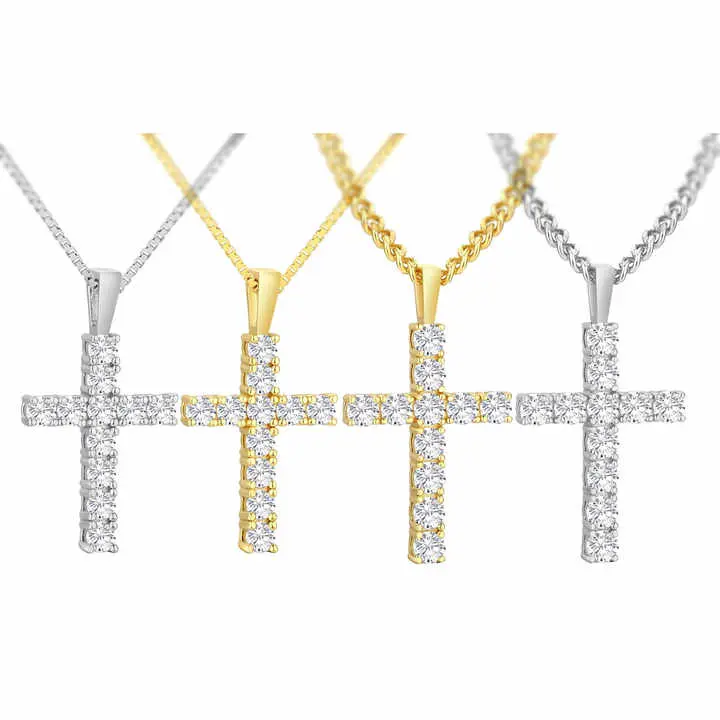
What affects moissanite price most?
A few things really impact what you’ll pay for moissanite.
First up – size. Bigger stones usually cost more. Though bigger means pricier, it’s not a straight 1-to-1 ratio.
A 2-carat could cost way more than double a 1-carat – bigger chunks are harder to find. Cut matters too. Super precise cuts bring out more sparkle, so they cost extra. Color plays a part. Pure white stones (D-E-F) cost more than slightly tinted ones. Clarity counts, but most moissanite looks clean since it’s made in labs. Big names like Charles & Colvard charge more for their special Forever One line.
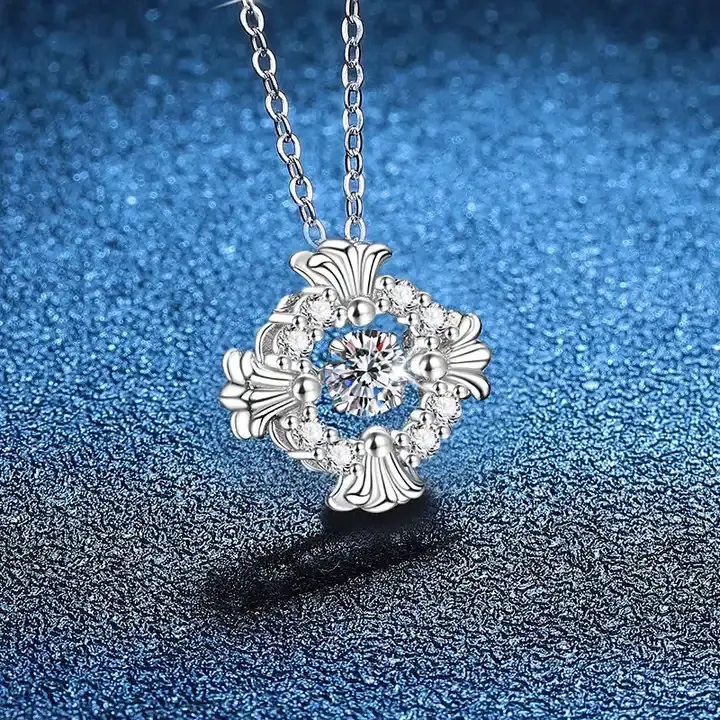
How does moissanite price compare to diamond?
Moissanite’s way cheaper – like 10% of what you’d pay for a similar diamond.
A 1-carat top-cut diamond runs $5-6K, but the moissanite version? Just $500-600. That huge savings makes moissanite perfect if you want bling without breaking the bank.
The bigger the stone, the bigger the savings. A 3-carat diamond? Over $30K. Same size moissanite? Under $1,500. Just know moissanite won’t hold value like diamonds – think of it as forever jewelry, not an investment.
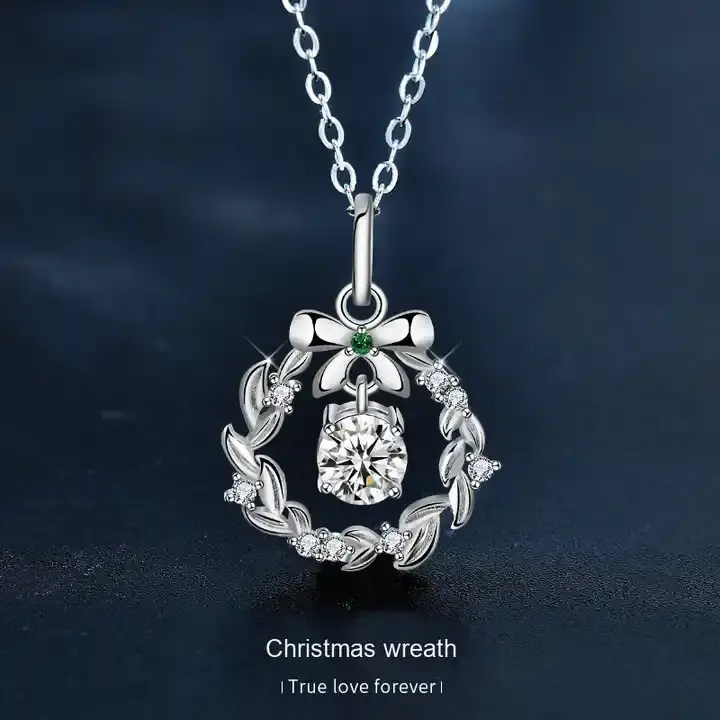
Does moissanite price vary by color grade?
Yep! Different colors mean different prices.
The priciest are D-E-F – totally clear, just like top diamonds. G-H-I grades cost less but still look white unless you’re really looking.
Some go for J-K’s warmer look (great for vintage vibes) to save money. You can get fun colors too – yellows, blues, greens – priced by how rare and popular they are. Here’s a tip: unless it’s next to a diamond, no one will spot the difference between D and G. Save cash without losing sparkle.
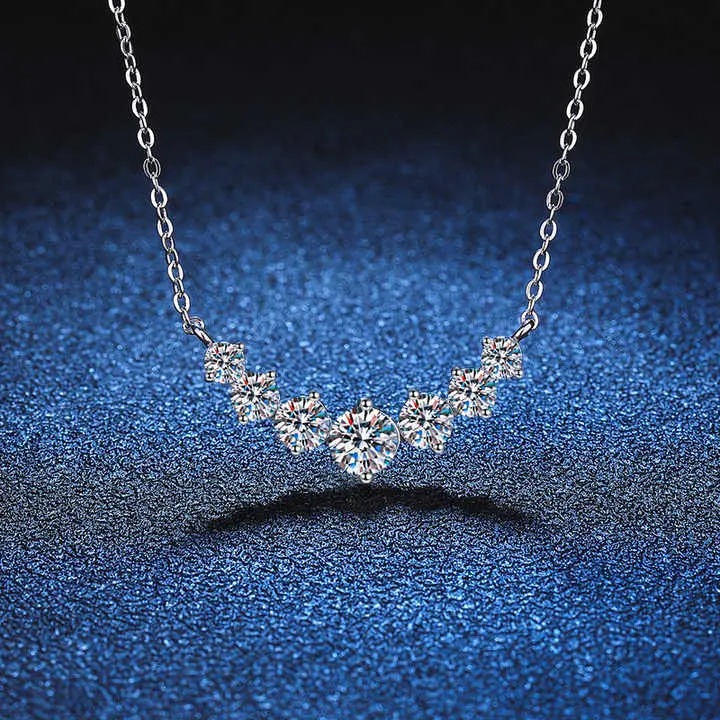
How does cut quality impact moissanite price?
How it’s cut changes both how good it looks and what it costs.
Cheaper mass-produced cuts might not line up perfectly. Fancy cuts from experts cost more but shine brighter.
Custom cuts by pros are priciest – they can out-sparkle diamonds. Round cuts cost less than fancy shapes (ovals, pears) because they make more of them. Check for perfect symmetry and polish – they cost more but give that wow-factor sparkle. Special hearts and arrows cuts (with perfect patterns under a viewer) can bump the price 20-30%.
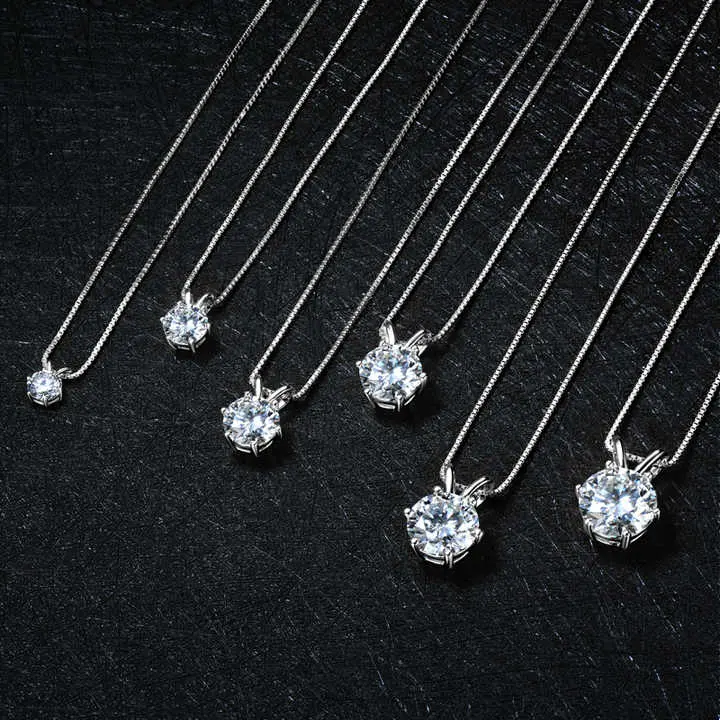
Why do moissanite prices differ between sellers?
Prices vary a lot between sellers – here’s why.
Official sellers of brands like Forever One cost more but come with papers and guarantees. Online shops may sell no-name stones cheaper by cutting out middlemen.
The metal matters too – gold settings cost more than silver. Some throw in free cleanings or resizing. Watch out for crazy-low prices – might be bad quality or fake CZ. Good sellers tell you exactly what you’re getting – where it’s from, how good it is, any treatments.
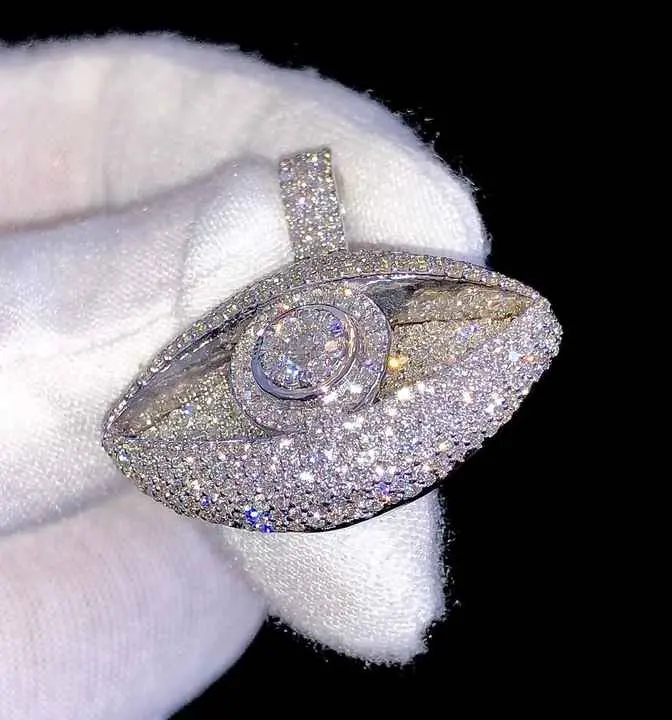
How has moissanite price changed over time?
Moissanite prices have changed in cool ways over time.
Back in the 90s, it cost way more because they couldn’t make much. Better tech and more sellers made prices drop in the 2000s.
Now prices mostly move with material costs and how many people want it. Some patents expired, so more makers jumped in, pushing prices down. Funny thing – the really good stuff holds its value better than cheaper versions. Prices tick up around engagement season (holidays through Valentine’s) when everyone’s shopping. Prices should stay steady or dip a bit as more factories come online worldwide.
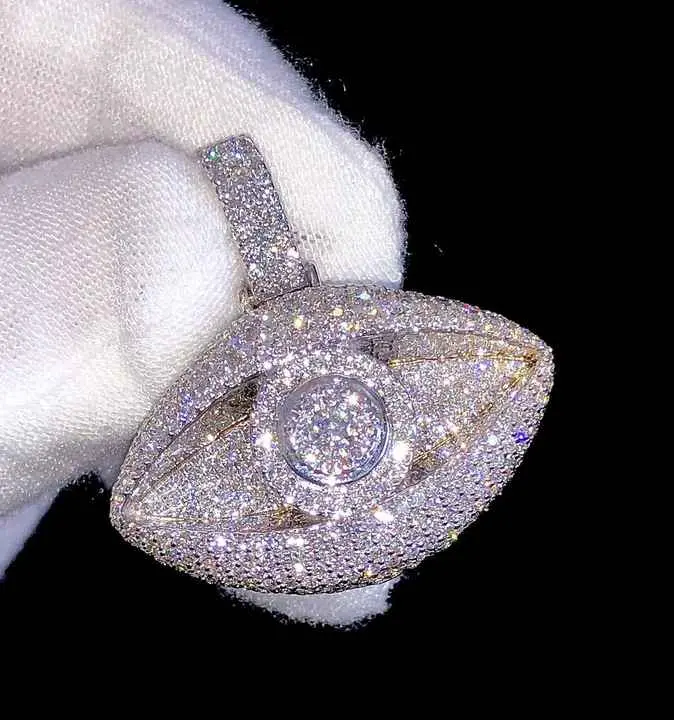
Does moissanite carat weight affect price linearly?
Bigger moissanites cost more, but not as crazy as diamonds where price skyrockets with size.
A 2-carat costs more than two 1-carats, but not by a ton. Bigger lab-grown crystals are trickier to make, but nothing like hunting for huge diamonds.
Over 3 carats, prices really climb since fewer people buy them and they make less. Fun fact: moissanite’s lighter, so a 1-carat looks a bit bigger than a diamond of same weight. Some shops price by size in mm instead of carats, which helps when comparing.
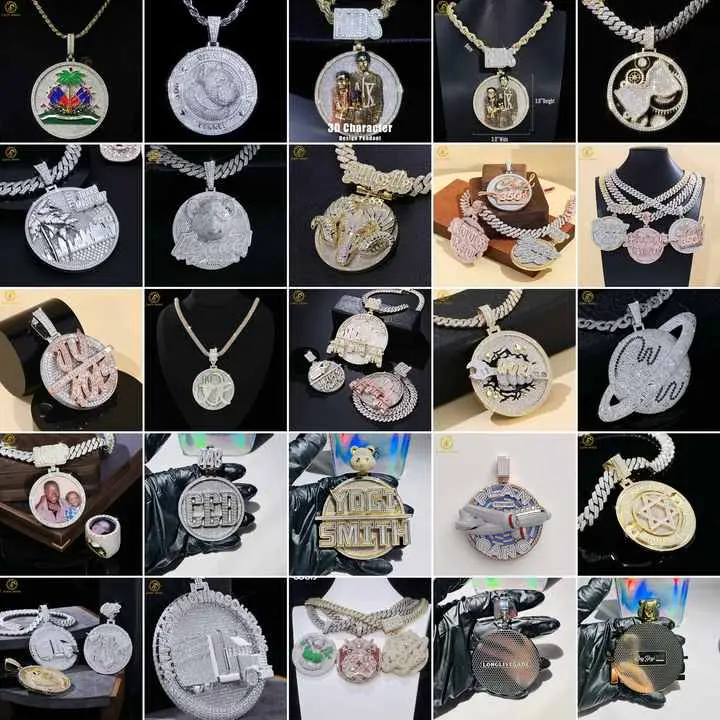
Are there seasonal moissanite price fluctuations?
Prices do go up and down with seasons, but not wildly.
They’re priciest around engagement season (holidays to Valentine’s) when everyone’s buying. Some stores run Valentine’s or holiday deals for short-term discounts.
Prices dip a bit in summer when fewer people are ring shopping. Black Friday and December clearances can be great times to buy. January’s often a steal as stores dump leftover holiday stock. But since we’re talking 5-15% swings, don’t stress timing unless every dollar counts.
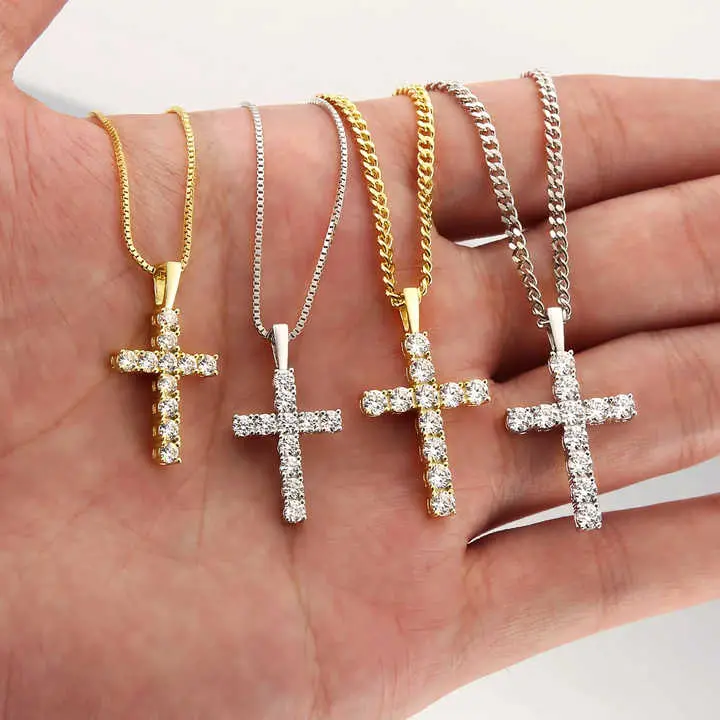
How does moissanite price vary by shape?
Shape makes a big price difference – some cost more to make or are more popular.
Round cuts are cheapest since they make tons of them. Fancy shapes (ovals, pears) cost 10-20% more because they’re harder to make.
Weird shapes (hearts, trillions) cost most since they need expert cutters. Marquise and emerald cuts are middle-of-the-road pricewise. Some shapes sparkle more – rounds and ovals show off colors best, while emerald cuts are more subtle. Pick a shape that fits your budget and shows off moissanite’s best features.
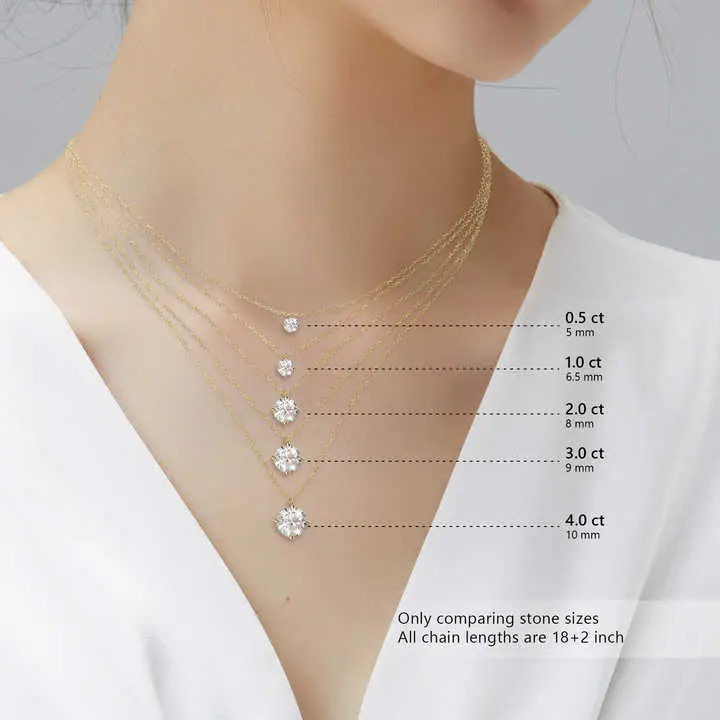
Does moissanite price include certification costs?
Some moissanites come with papers, some don’t – depends where you buy.
No-name stones usually skip certification to keep costs down. Big brands bake certification costs into their prices.
Fancy shops might add 5-15% for outside certification like diamond reports. Big stones (2+ carats) usually come with papers since they’re pricier. Papers matter less for small or cheap stones. If certification is important to you, look for sellers who include it at no extra charge rather than those who add it as a costly option. Always verify who issued the certificate – manufacturer certificates are fine for quality assurance but don’t carry the same weight as independent lab reports.
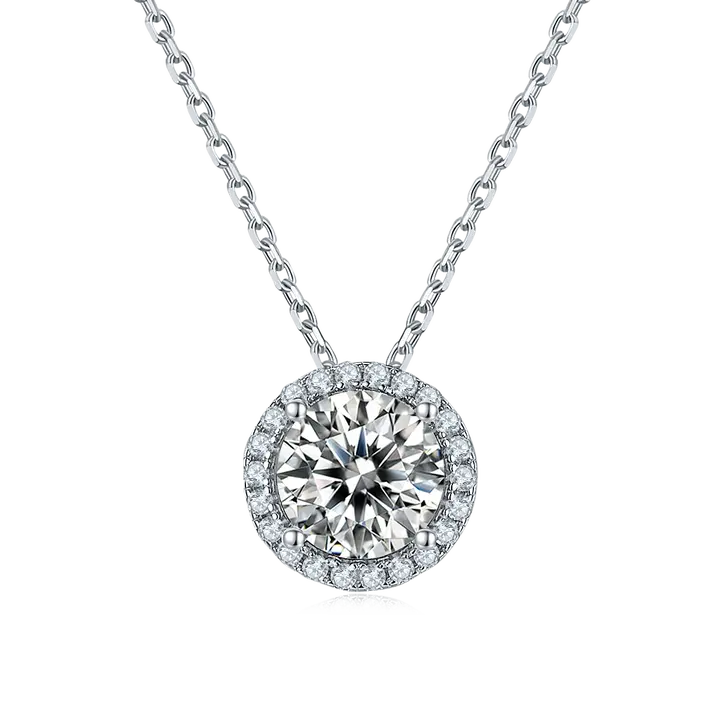
How does setting affect total moissanite price?
The setting can actually account for a significant portion of the total moissanite jewelry price.
Simple sterling silver settings might add as little as $50-$100 to the cost, while elaborate 14k or 18k gold settings can add $500-$2000 or more. Platinum settings are the most expensive, potentially doubling or tripling the total price.
Popular setting styles like halo or three-stone designs increase both material and labor costs. Custom-designed settings will always carry premium pricing. A smart approach is to allocate about 30-50% of your total budget to the setting if you’re buying a complete piece. For those on tight budgets, consider starting with a simple setting that can be upgraded later. Many jewelers offer setting-only purchases if you already have a loose moissanite. Remember that a great setting not only enhances beauty but also protects your stone, so it’s worth investing in quality craftsmanship.
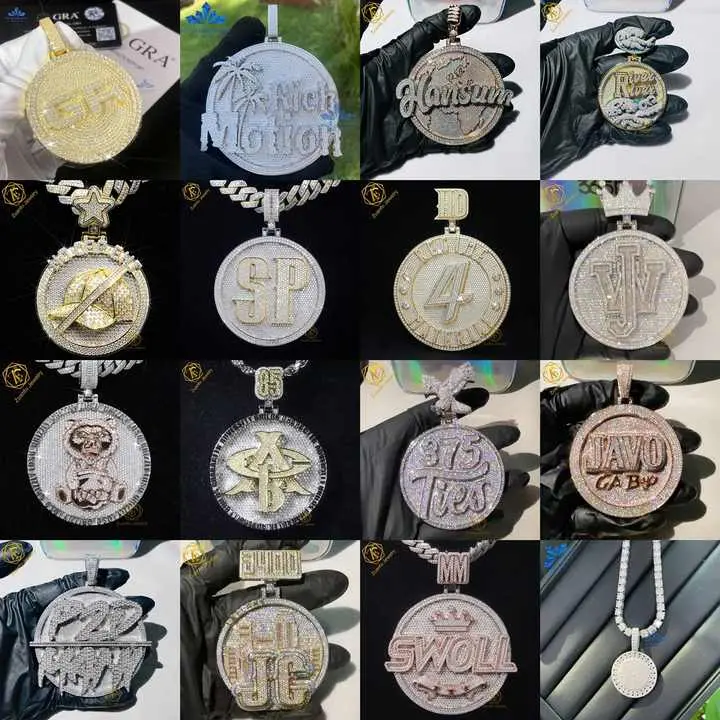
Are there hidden costs in moissanite pricing?
While moissanite is generally straightforward to price, there can be some hidden costs to watch for.
Shipping and insurance for valuable stones might not be included in the listed price. Some vendors charge extra for sizing rings or special packaging.
Taxes can add 5-10% depending on your location. International purchases might incur customs duties. Resizing or repairing cheaper settings later can end up costing more in the long run. Some online sellers use very attractive base prices but then charge premium fees for higher color grades or better cuts. Always look for what’s included details – things like lifetime warranties, free cleaning, or upgrade programs can add real value. A good practice is to calculate the out the door price including all fees before comparing options between sellers. Reading the fine print about return policies is also wise – some discount sellers charge hefty restocking fees.
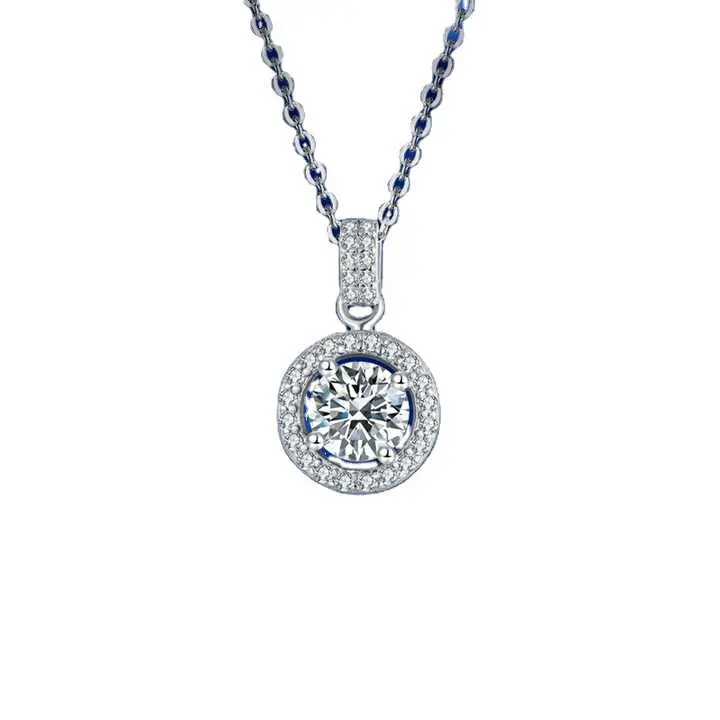
How to get best moissanite price value?
Getting the best value in moissanite involves balancing quality with price.
Consider going slightly below the top color grade (G-H instead of D-E-F) as the difference is barely noticeable. Choose commercial-cut rather than premium-cut stones unless you’re very particular about light performance.
Buying loose stones and having them set locally can sometimes save money compared to pre-set jewelry. Look for vendors offering package deals on wedding sets or multiple stones. Consider slightly unconventional sizes – a 0.9 carat might be significantly cheaper than a 1 carat with nearly identical appearance. Purchasing during off-peak seasons can yield modest savings. Most importantly, buy from reputable sellers with clear return policies – paying a little more for quality assurance is often better than risking a bad purchase. Remember that moissanite is durable but not indestructible, so factor in potential long-term maintenance costs when evaluating overall value.
In summary, moissanite offers incredible value compared to diamonds, but smart shopping can help you maximize that value even further. By understanding what truly affects moissanite price – from cut quality to seller reputation – you can make informed decisions that balance budget and beauty.
Whether you’re drawn to moissanite for ethical reasons, financial practicality, or simply its stunning brilliance, there’s a perfect stone available at nearly every price point. Ready to find your ideal moissanite? Start by identifying your priorities (size, color, cut), set a realistic budget, and explore reputable sellers who provide detailed product information and fair policies. Your dream jewelry at a fraction of diamond costs is within reach!
